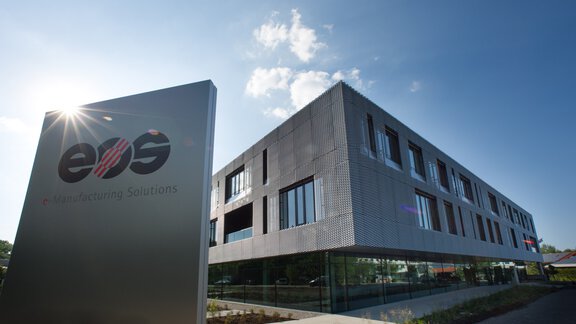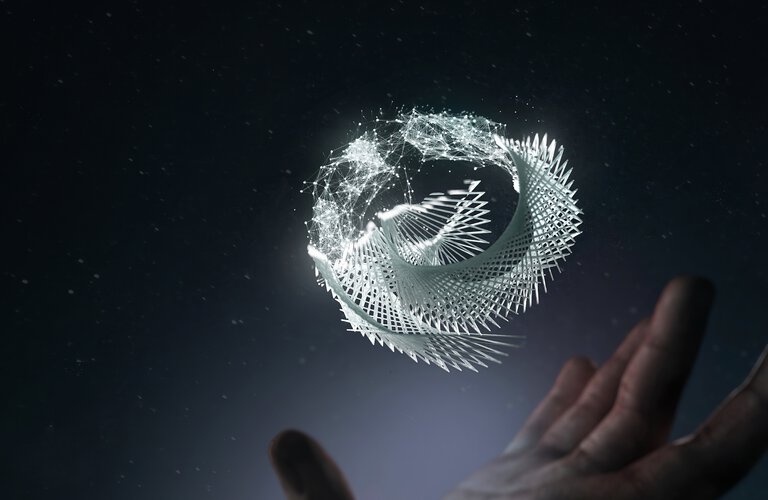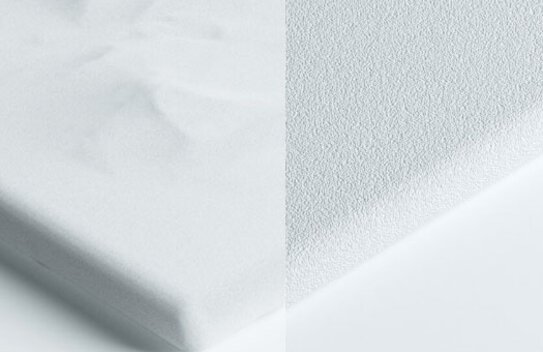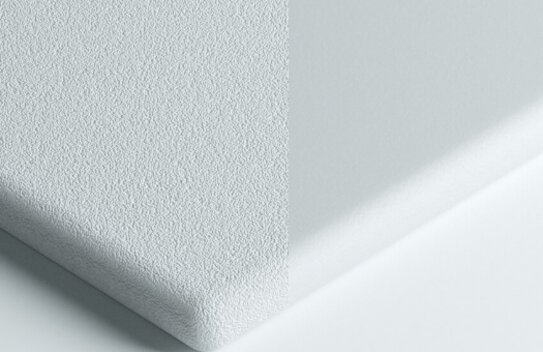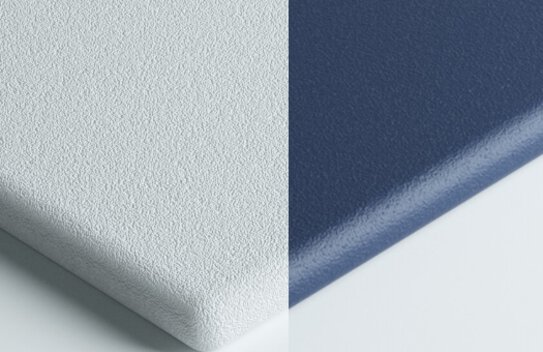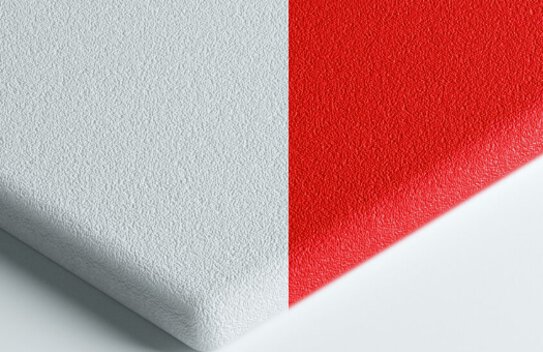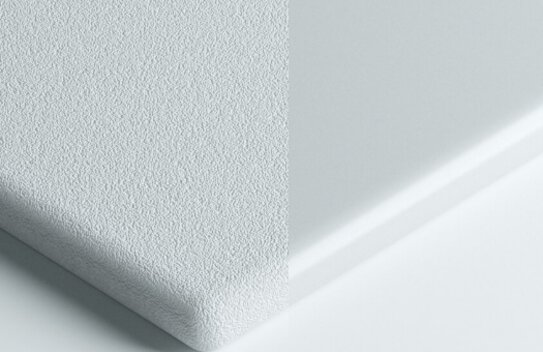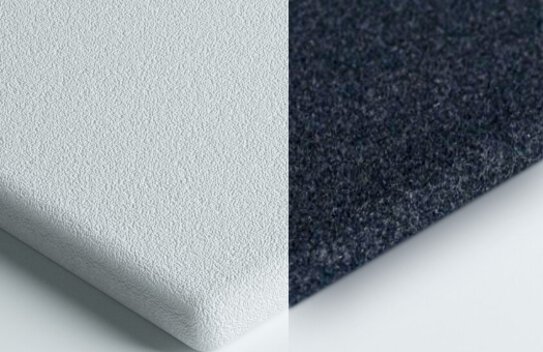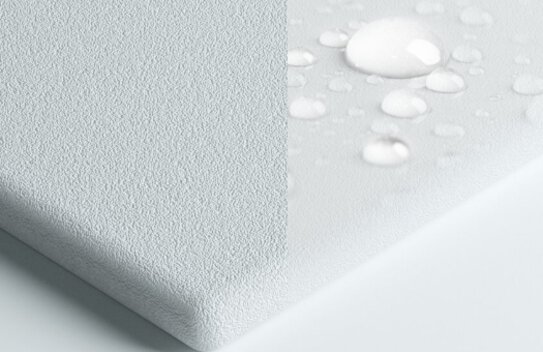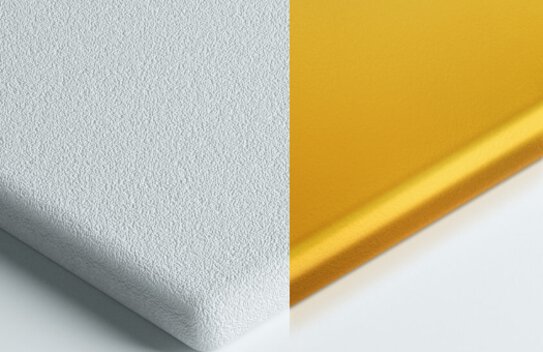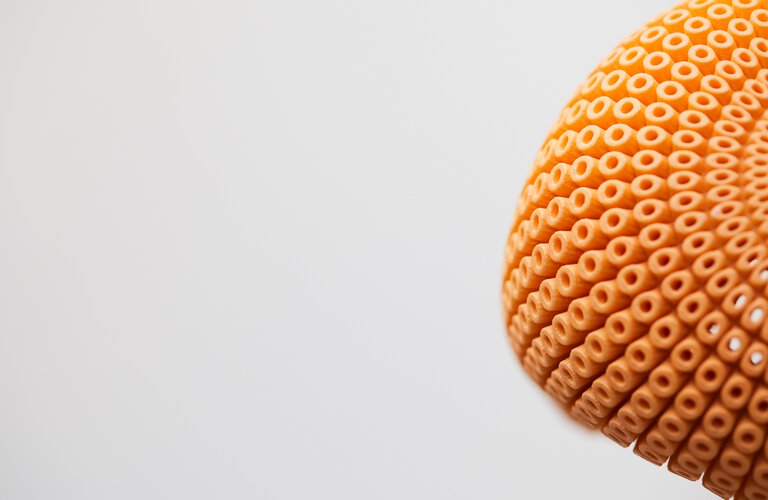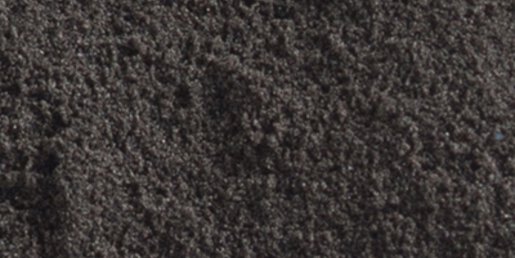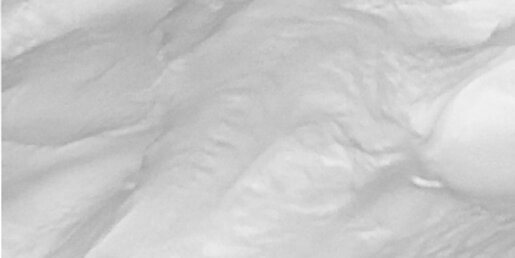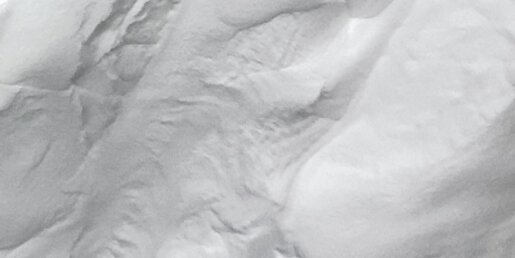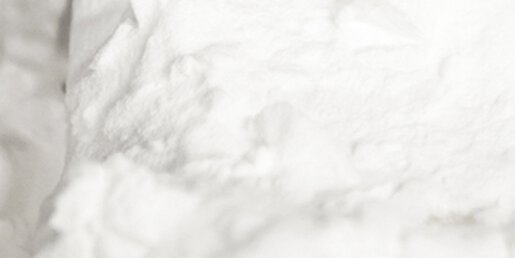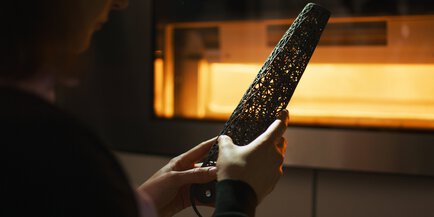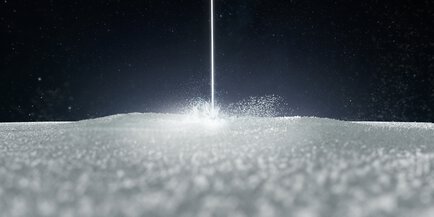Parts from the 3D printer are fully functional straight away. Their natural surface has a sand-like, grainy appearance and feels slightly rough to the touch. This surface finish is not ideal for some applications. The surface can be refined with various post-processing methods.
Post-Processing Methods
Dyeing
Process description
The surface of the part is colored homogeneously in a water bath. Using pressure and heat, the colors penetrate into the plastic by means of a chemical reaction.
Properties
- Unlimited selection of colors for white parts
- No material deposit, part geometry is unchanged
- ISO certified colors
